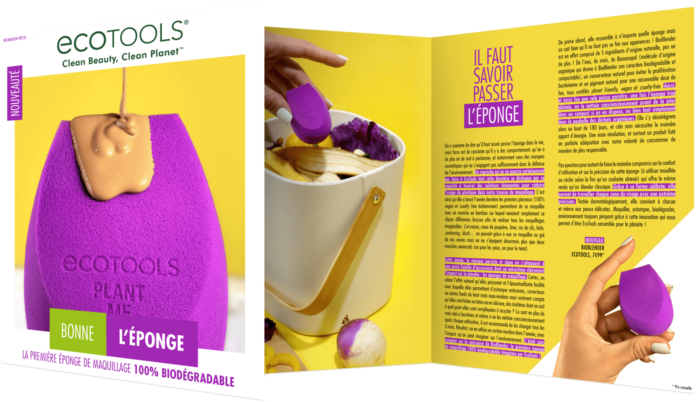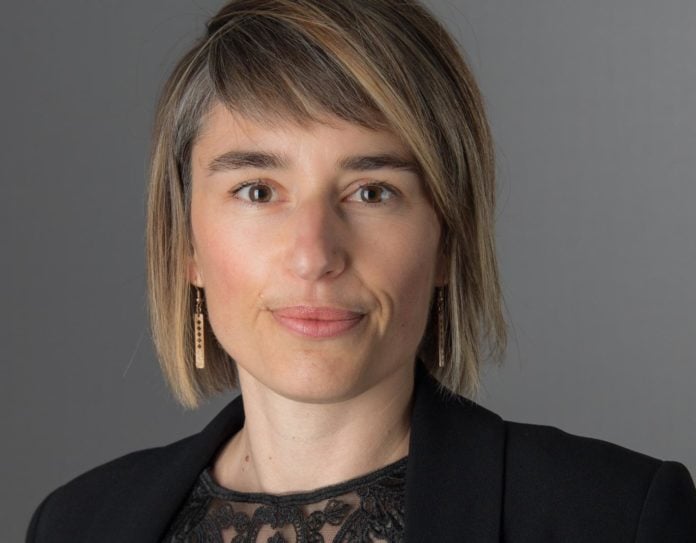At be-poles, the creation of an object is the result of reflection on form and function. For its skincare range, the starting point was the search for a unique plant and its cleansing, invigorating and soothing virtues: eucalyptus.
This short range, comprising cleansing gel and shampoo, is already available. The moisturizing milk will be available shortly. These made-in-France cosmetics are Ecocert-certified, and the composition can be read in an instant on the label, fulfilling its purpose.
The neutral bottle, with its dispensary accents, embellishes the washroom of a restaurant, the office or the home. Its unique 500 ml format has been designed to meet all the needs of those who wish to use cosmetics with a responsible, reasoned impact.
"Specially formulated to meet Ecocert standards, the cleansing gel and shampoo lather up just right, penetrate the skin quickly and make you forget all about them. In keeping with the be-poles collection, these products focus on the essentials: the raw materials. The herbarium d'autrefoiss can be found on the bottle labels, illuminated by the studio's signature typography "the company says.
Eucalyptus was chosen in memory of Antoine Ricardou's final year of architecture studies in Australia, when he co-founded be-poles design and architecture studios, and for its familiar scent, synonymous with purity. An ephemeral pleasure that melts into all skin types. The invigorating fragrance offers immediate benefits, then fades in harmony with each individual. The formula took eighteen months to develop in a Parisian laboratory, as did its unique fragrance, created in the South of France in collaboration with a research professor at Montpellier University.
Native to Australia, the eucalyptus is a majestic tree. A force of nature that extends into its architecture. A prolific king of trees, its roots spread out to consume all the water around it, like an eternal loner. While the leaves of other trees usually carry the scent, those of the eucalyptus impregnate it right down to the bark.
The specifications had to deliver the most accurate interpretation. The full potential of the plant can be seen in the spectrum of scents. A fresh, green top note of minty eucalyptus gives way to a woody base note. The very structure of the tree reflects the studio's approach. With each new project, be-poles tells a story, unfolding a red thread from the smallest detail to the obvious.














